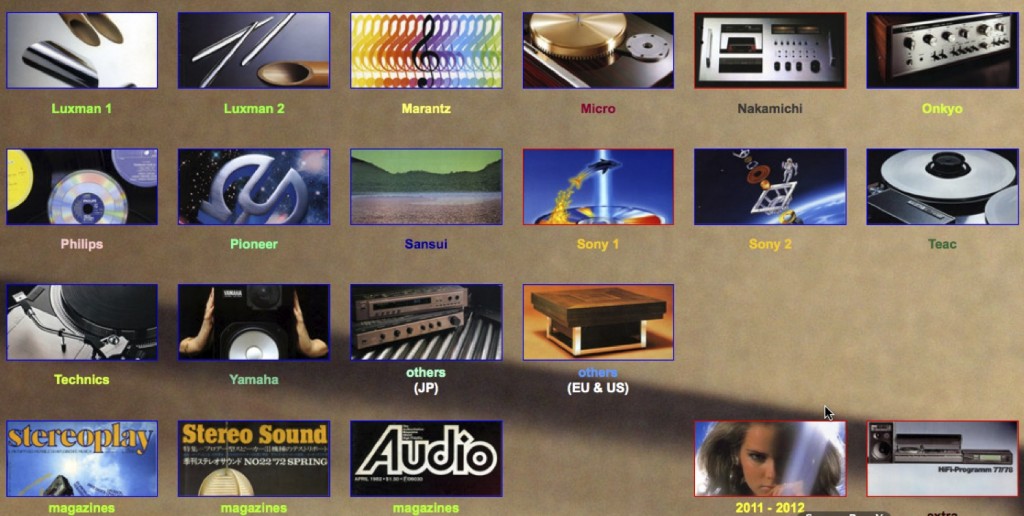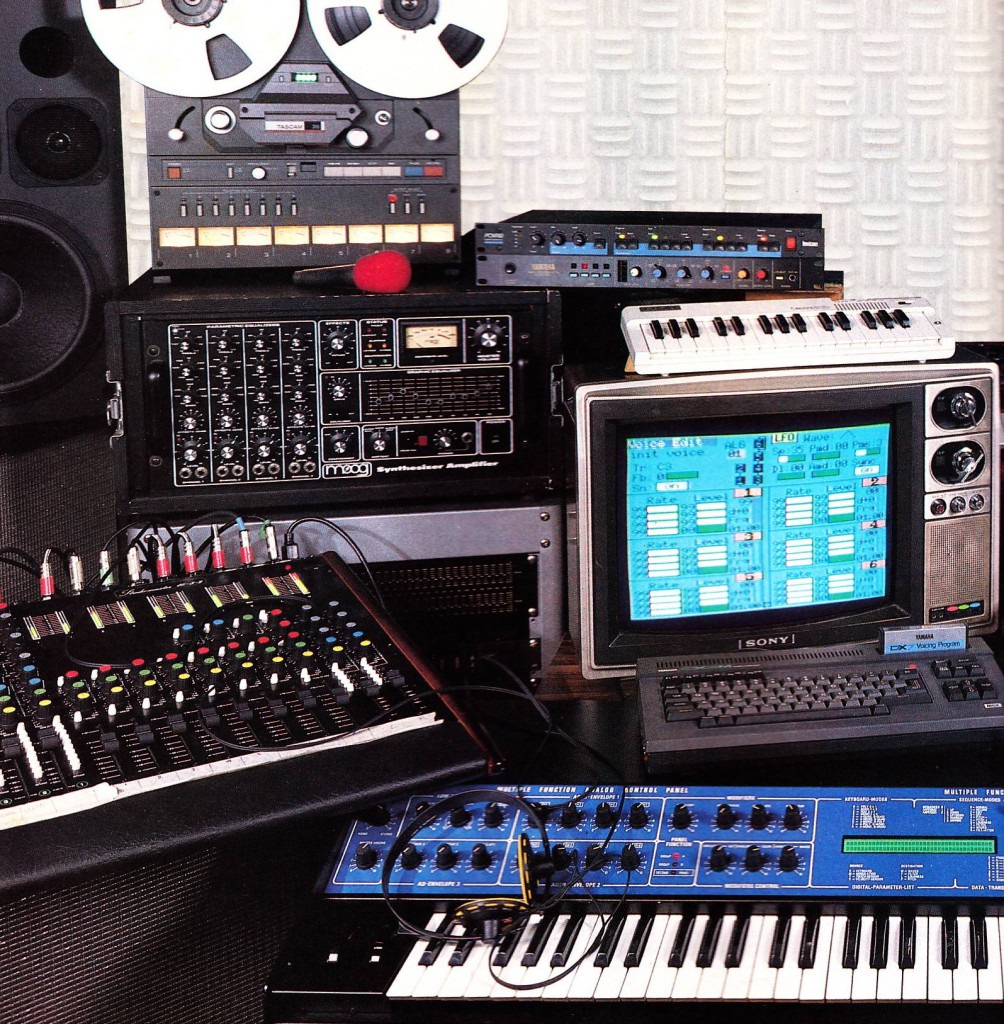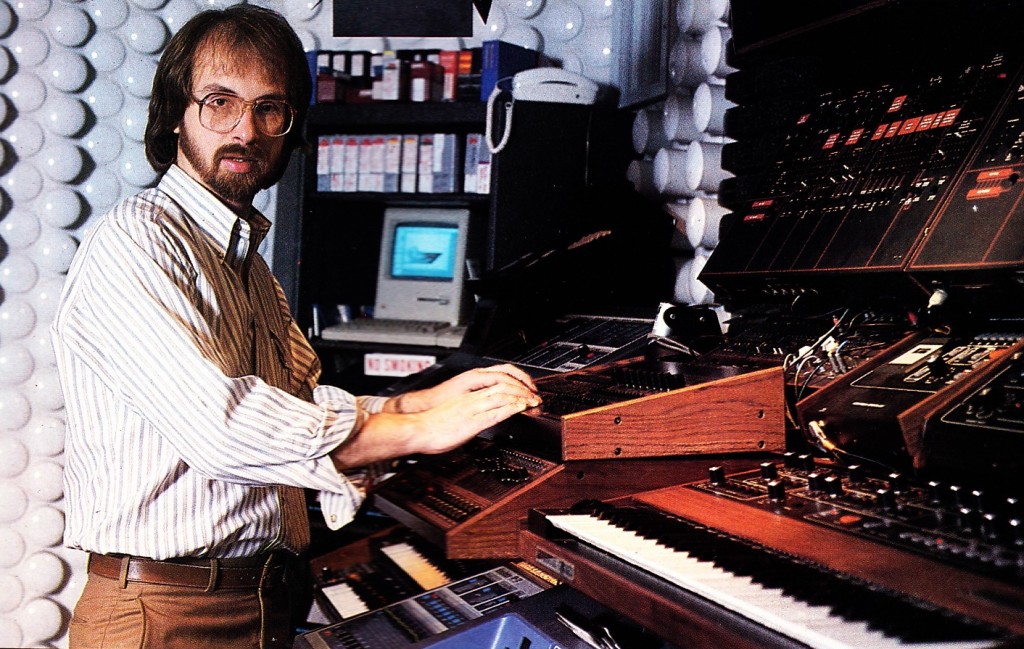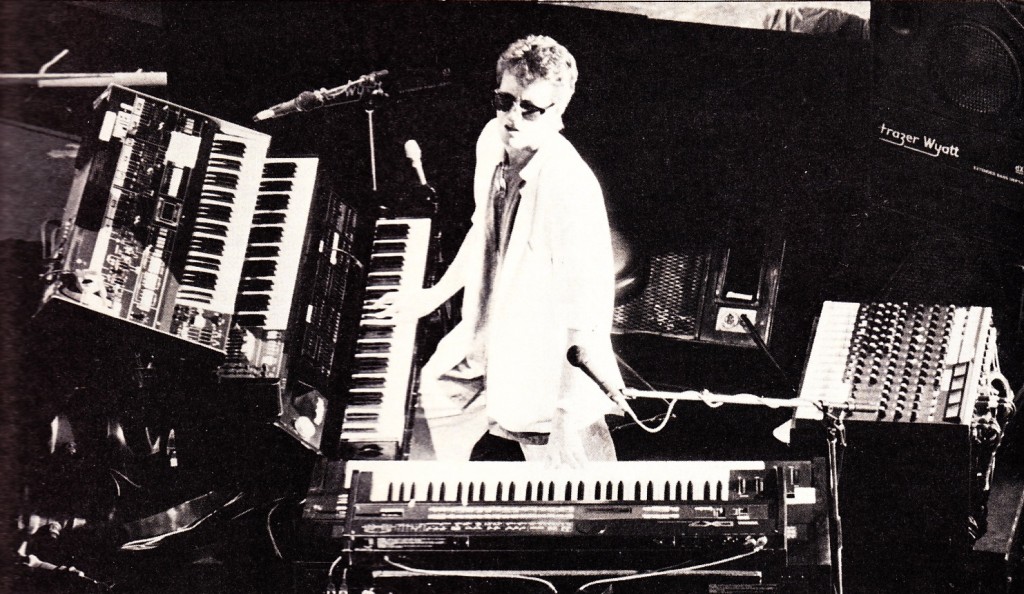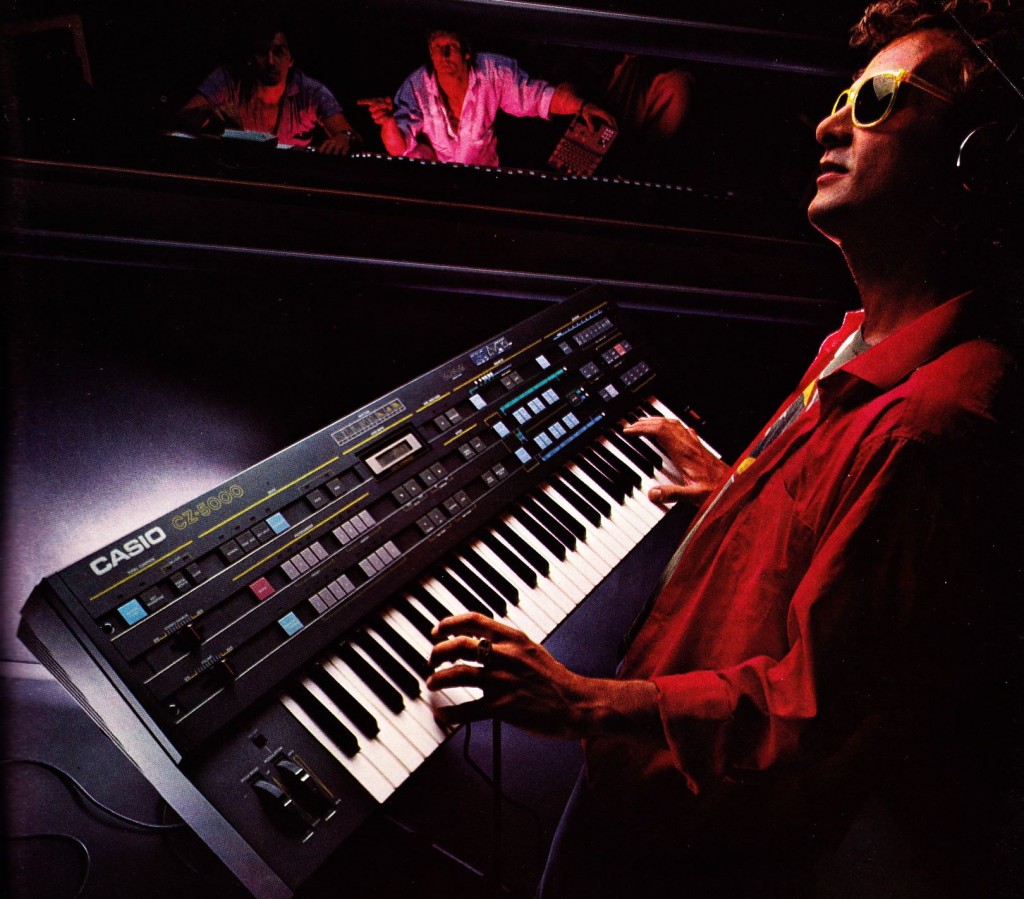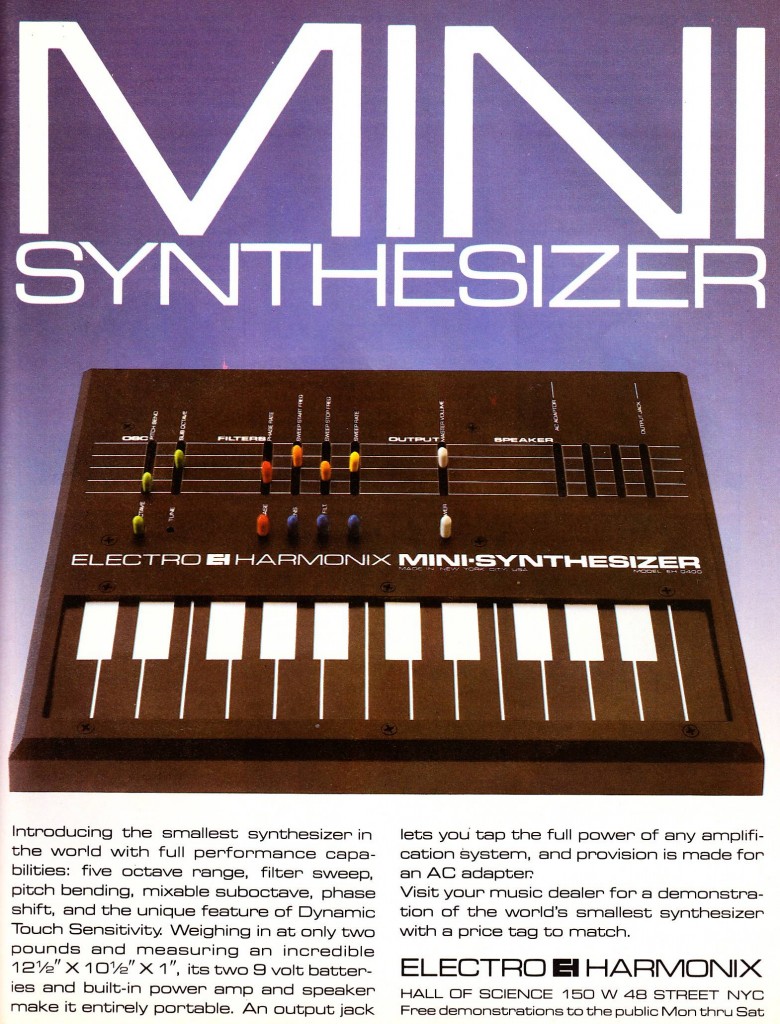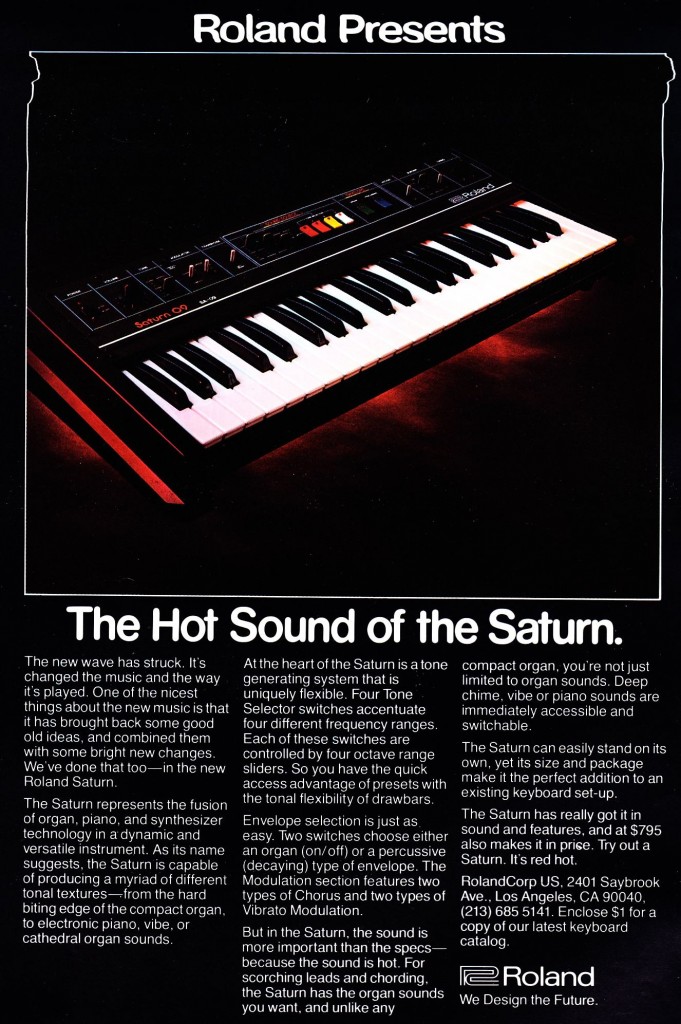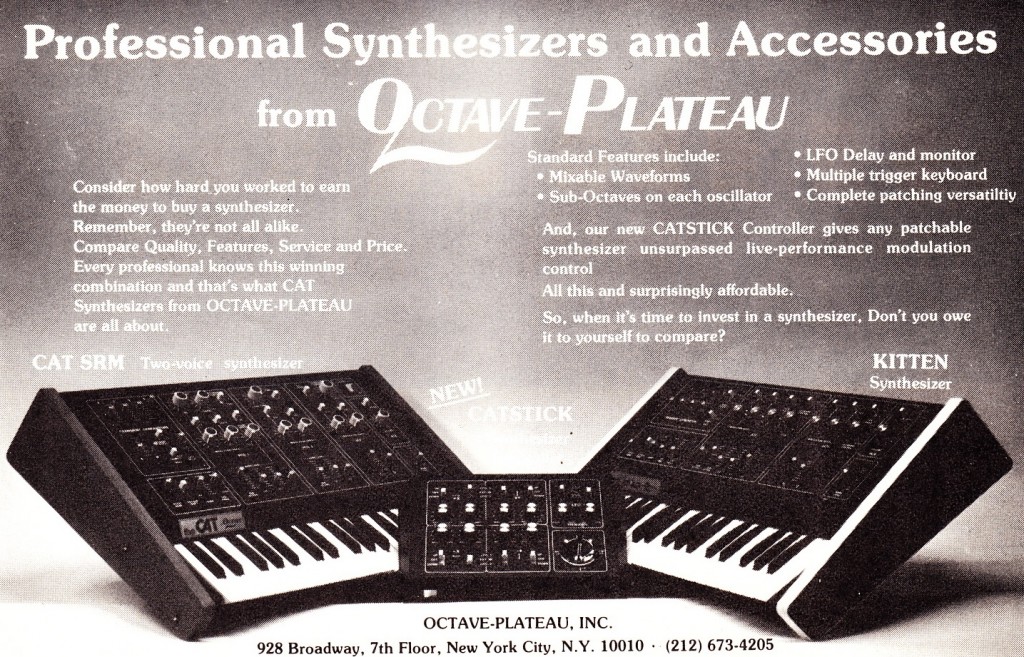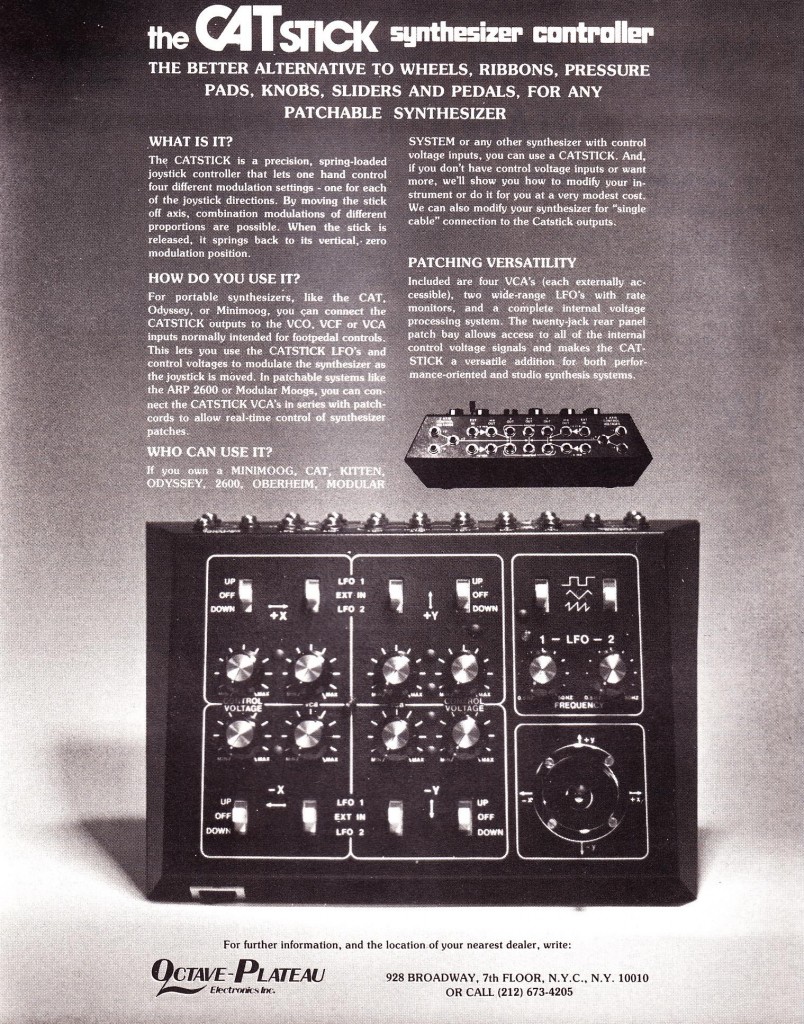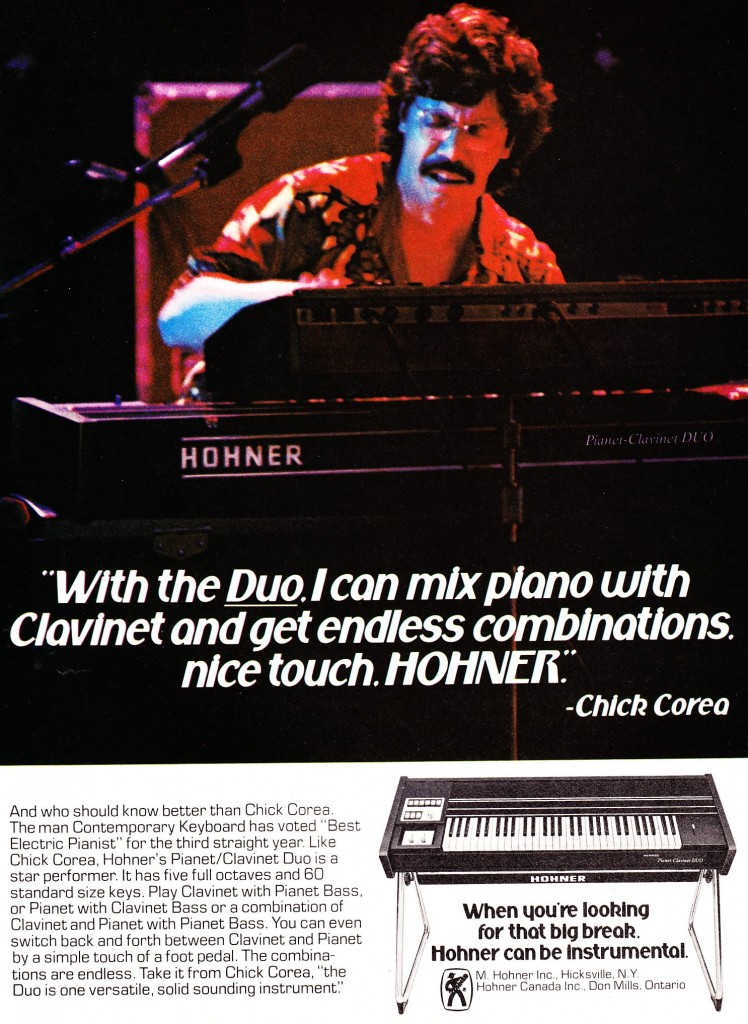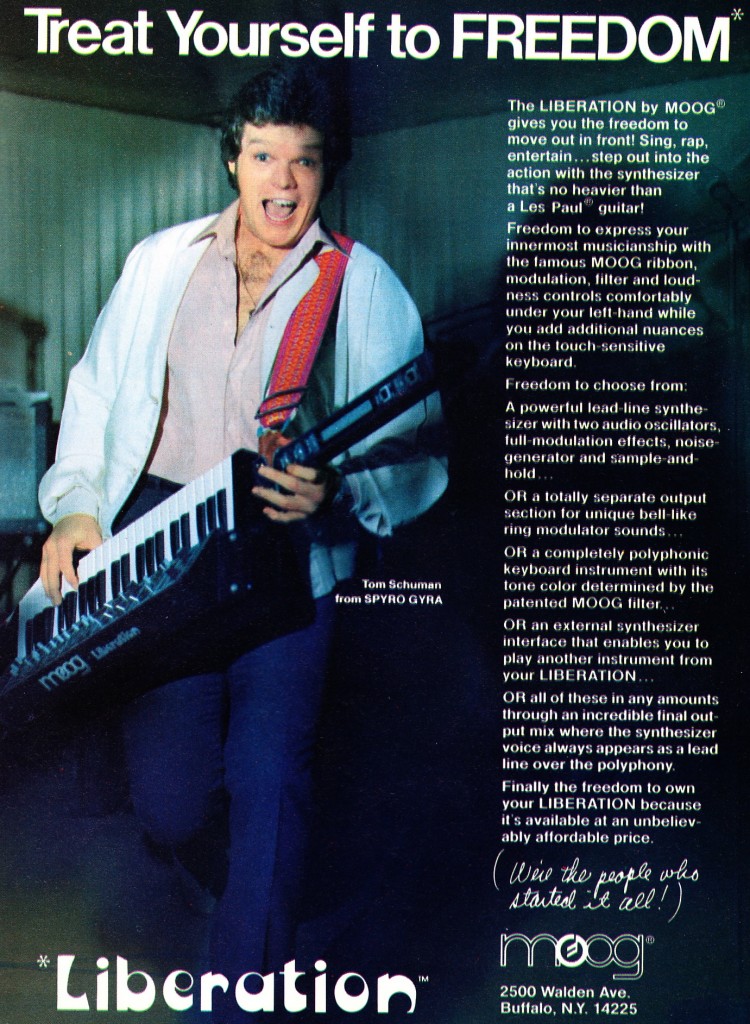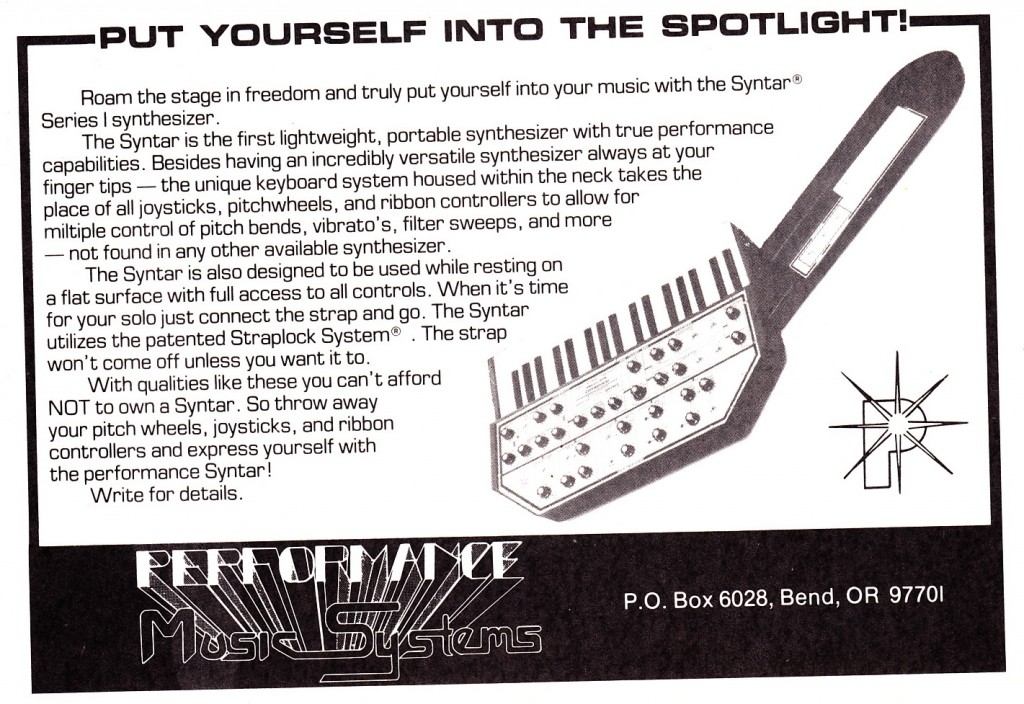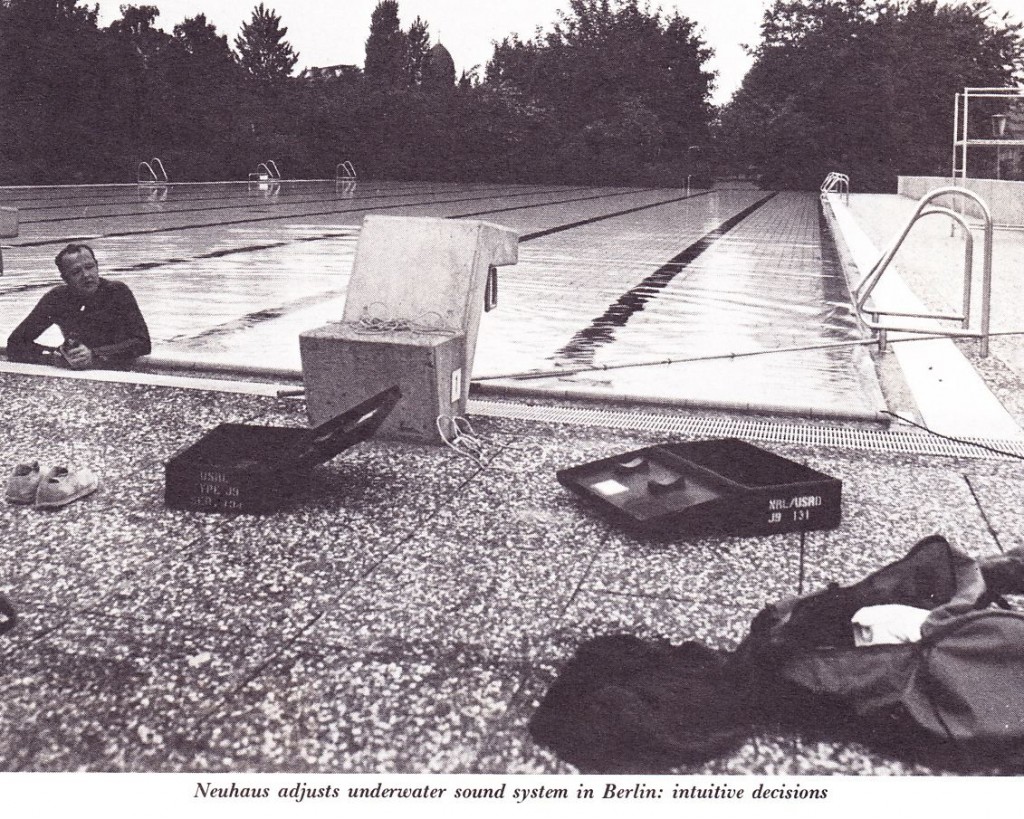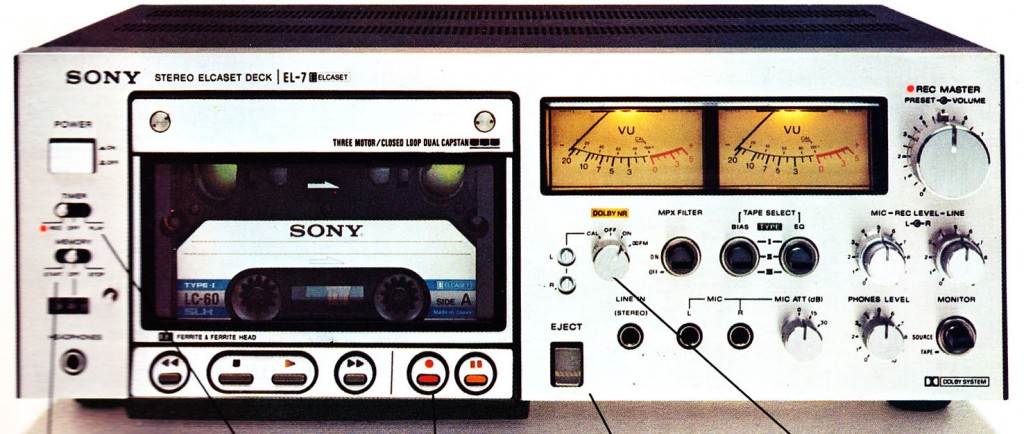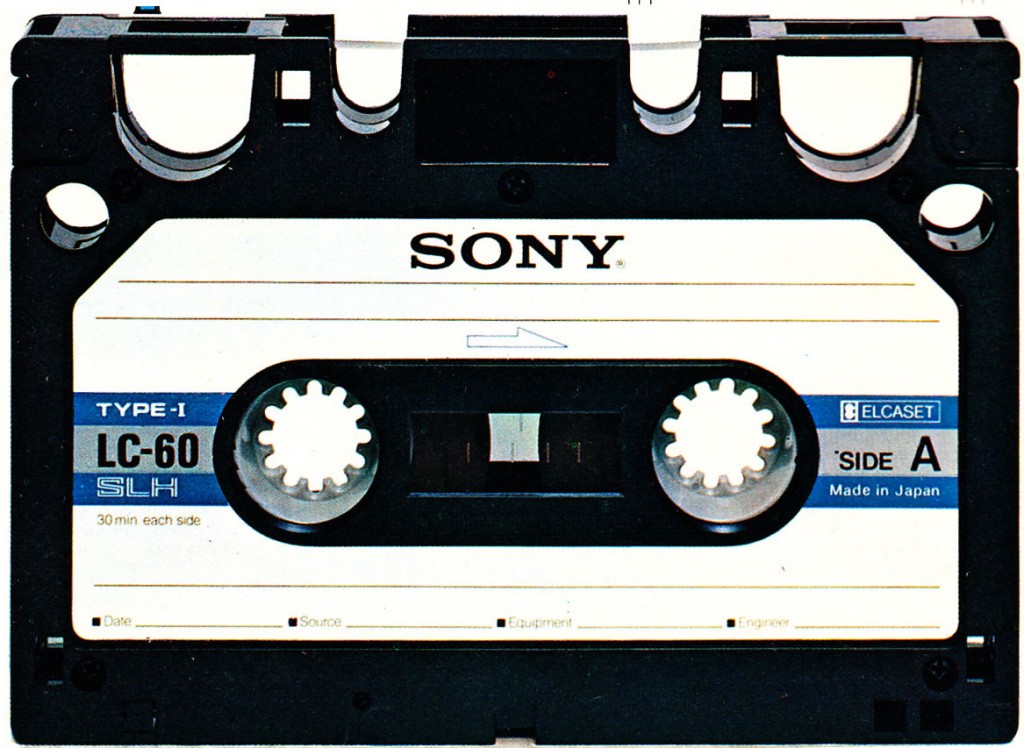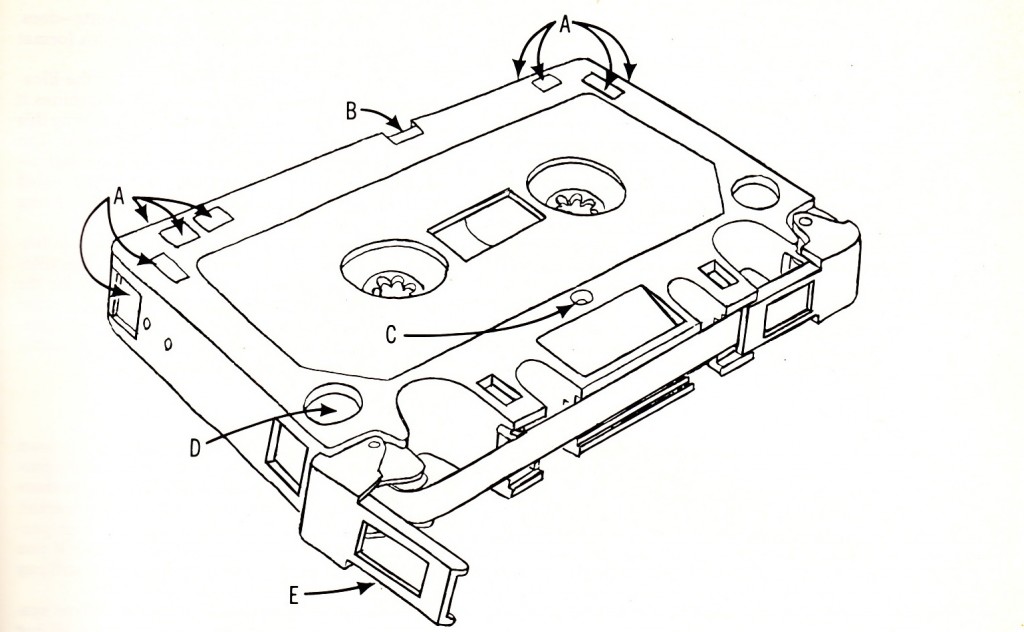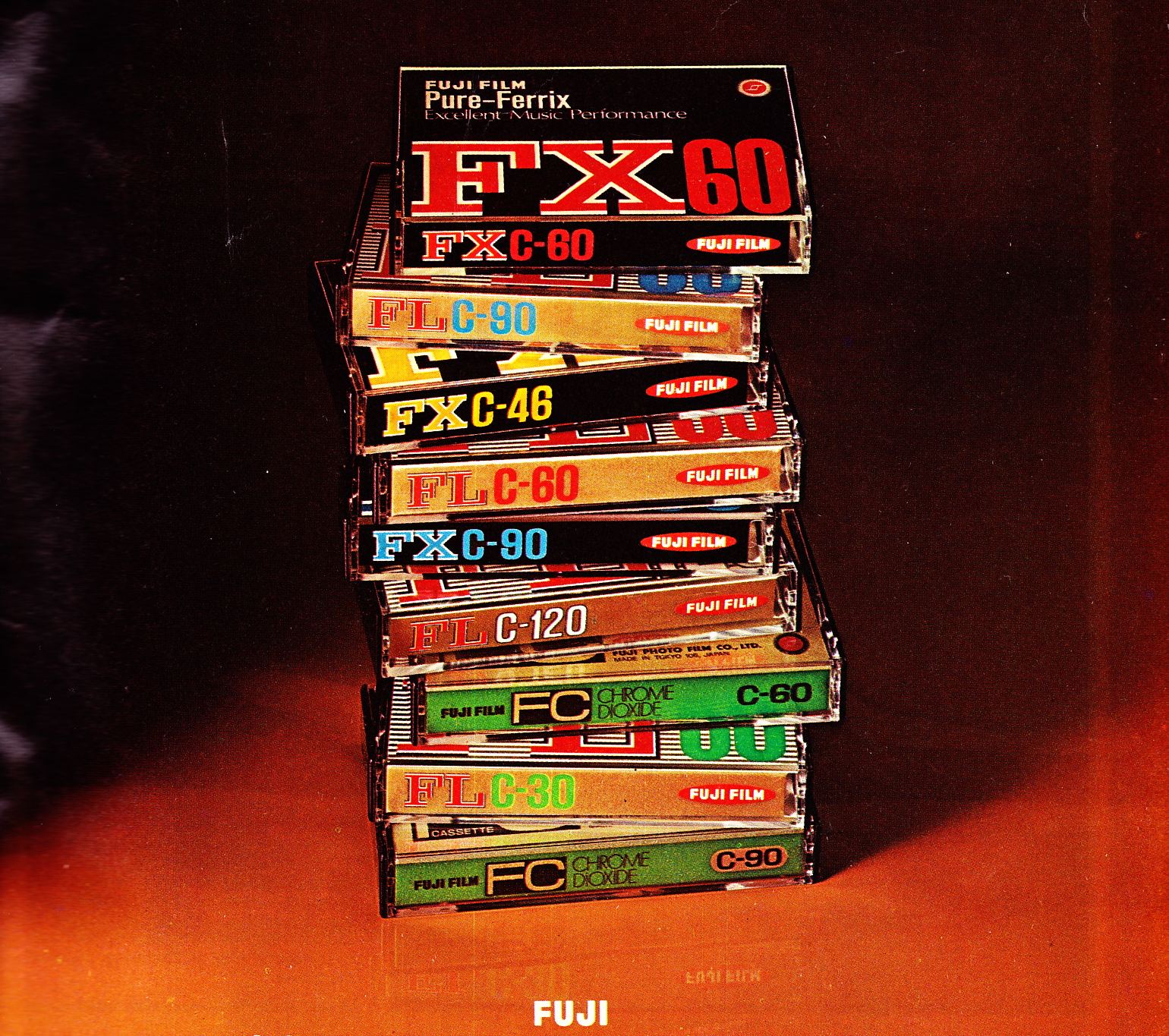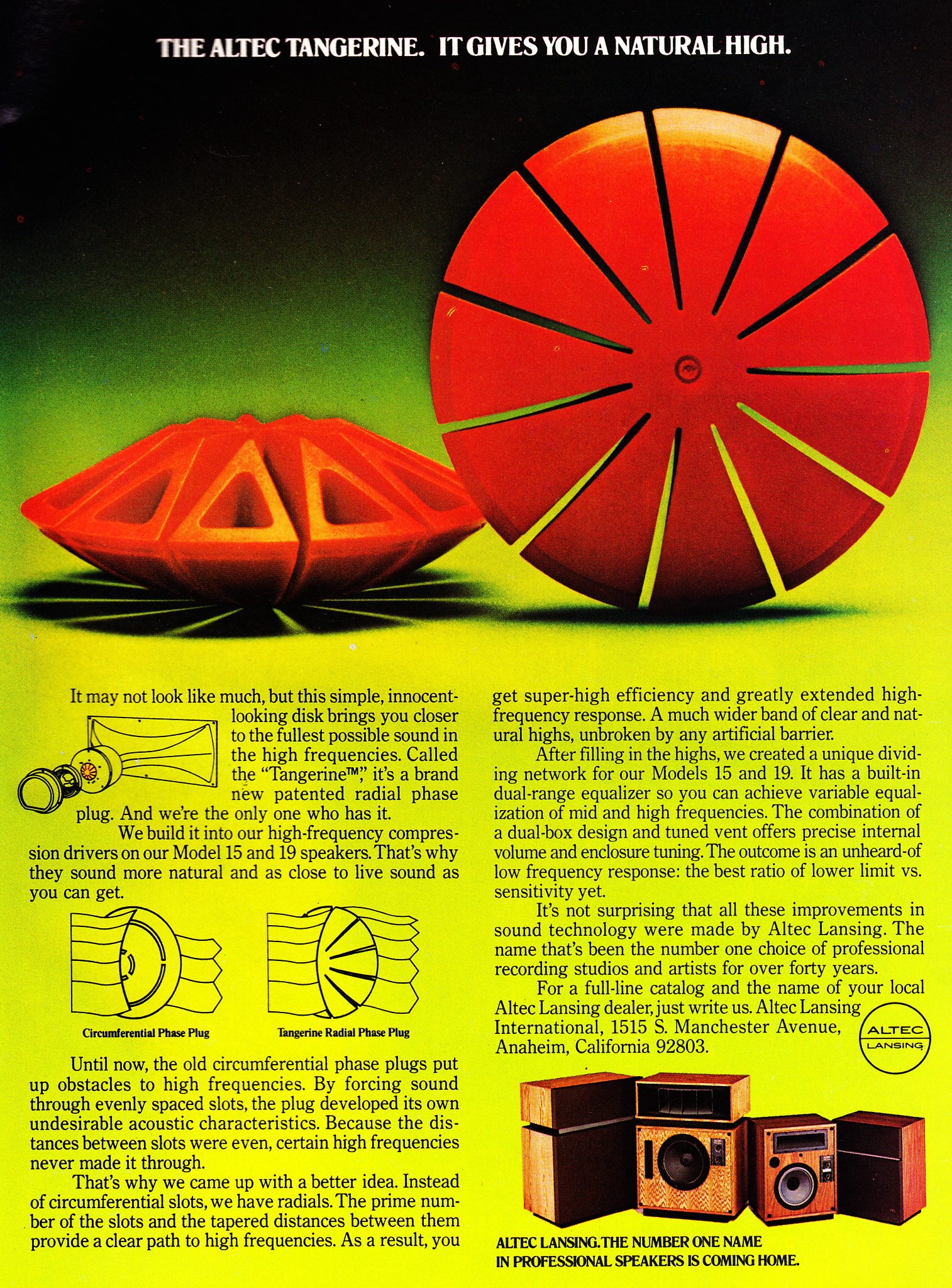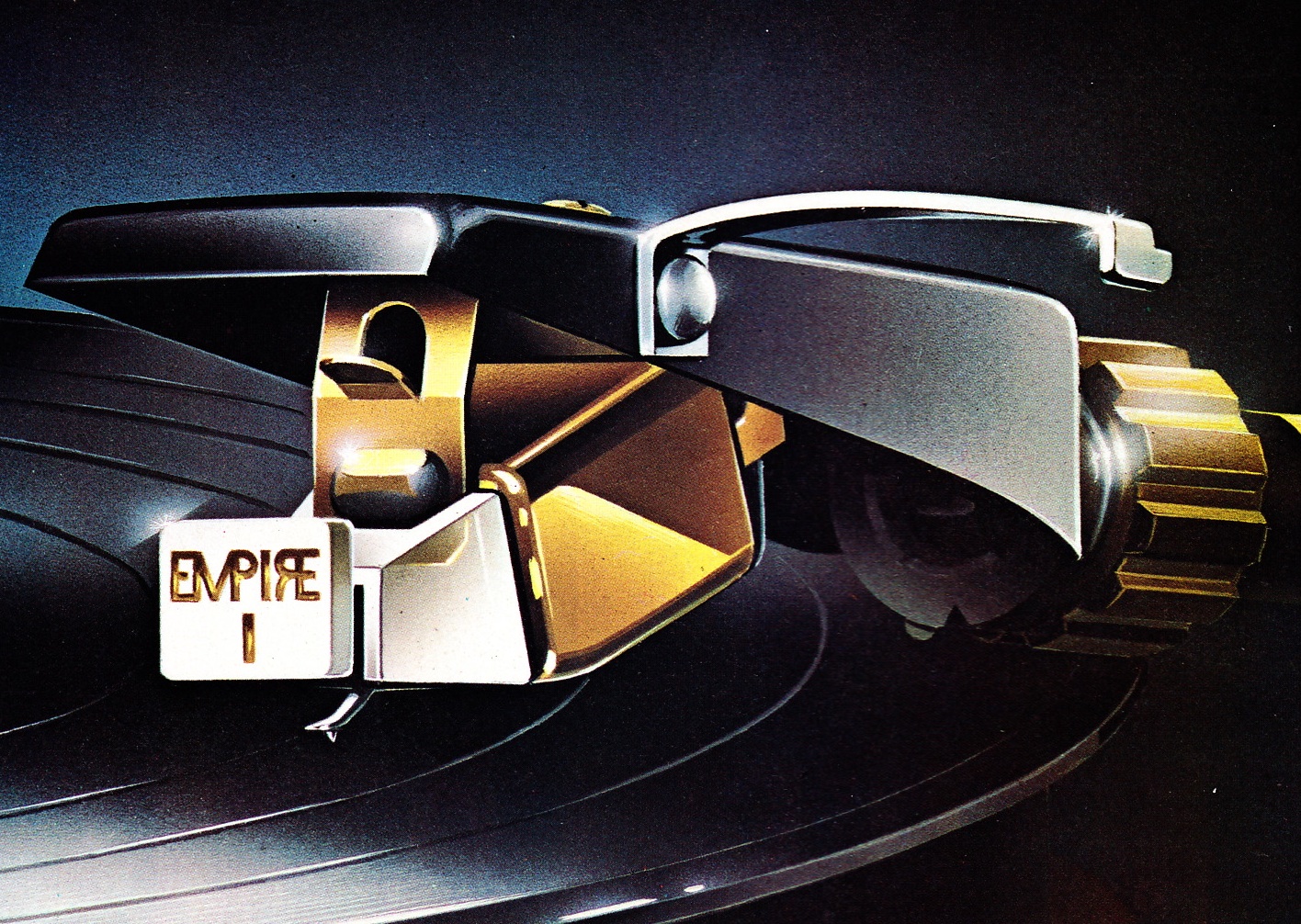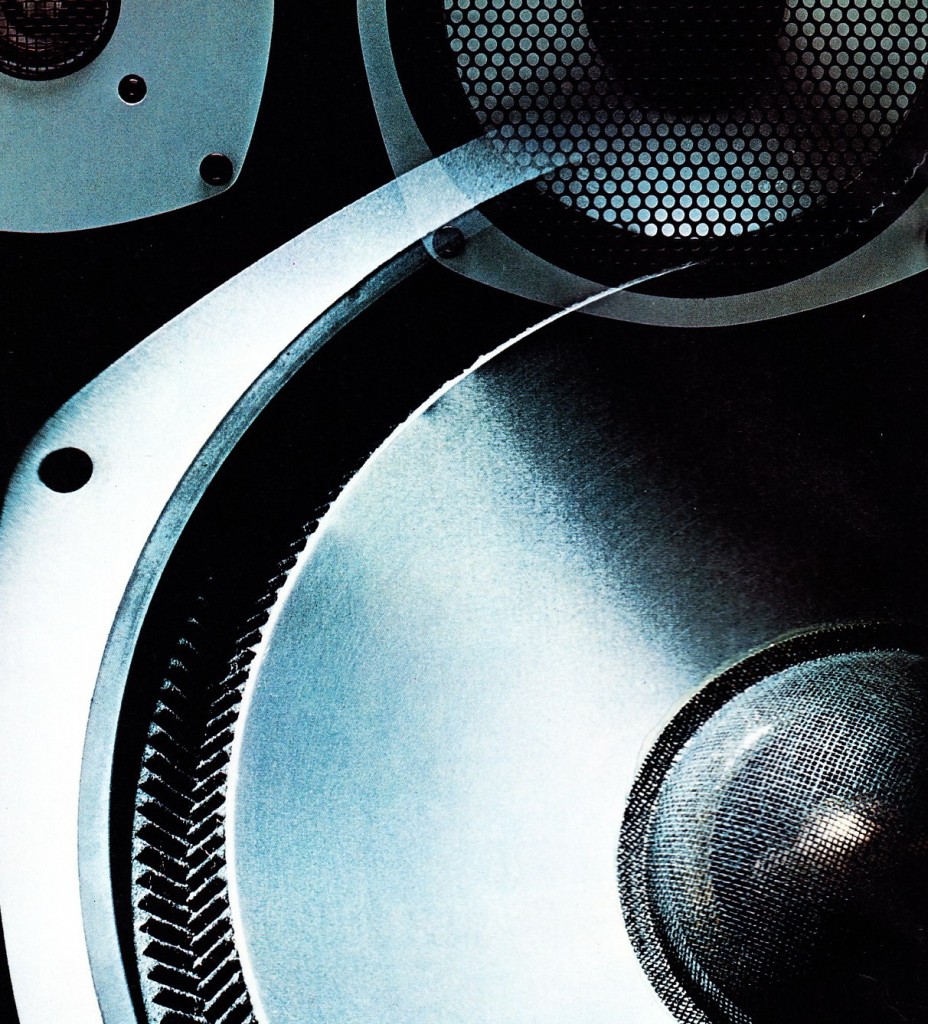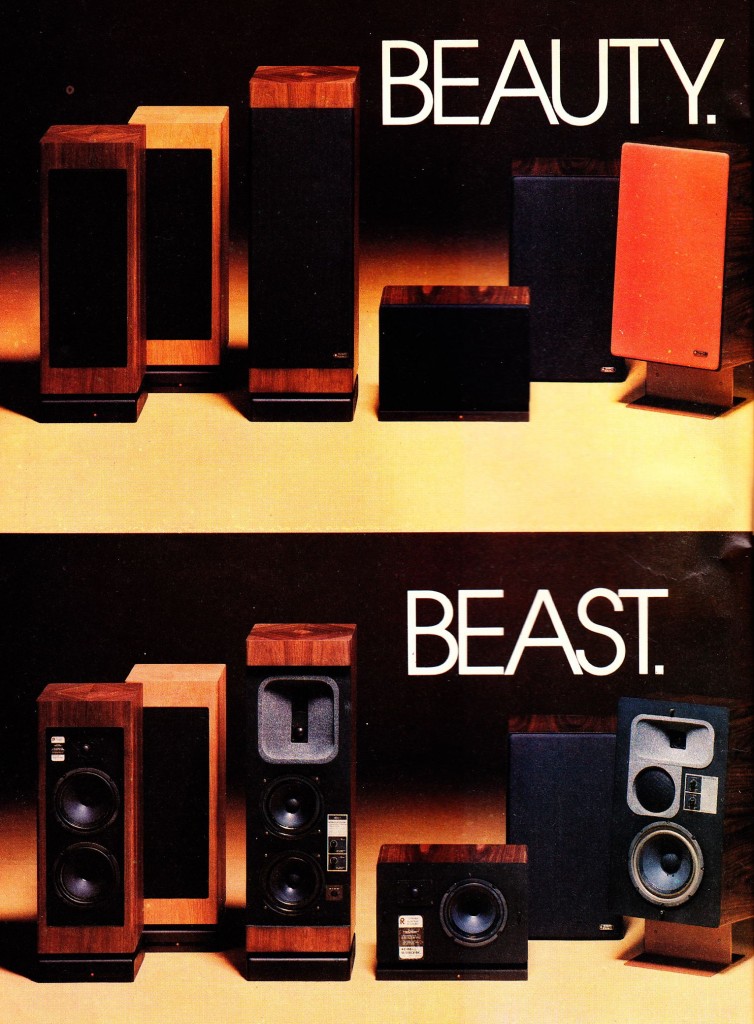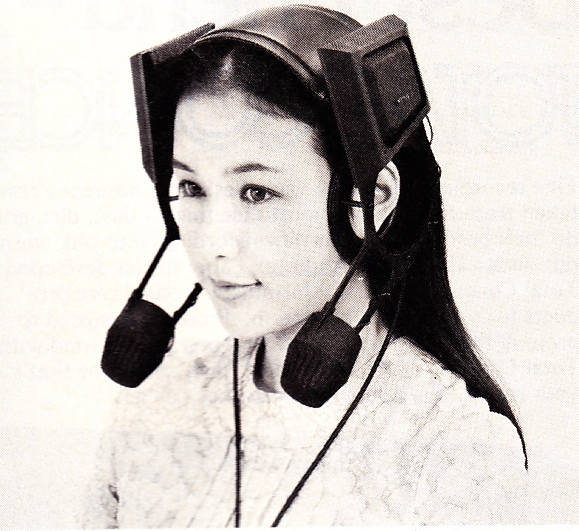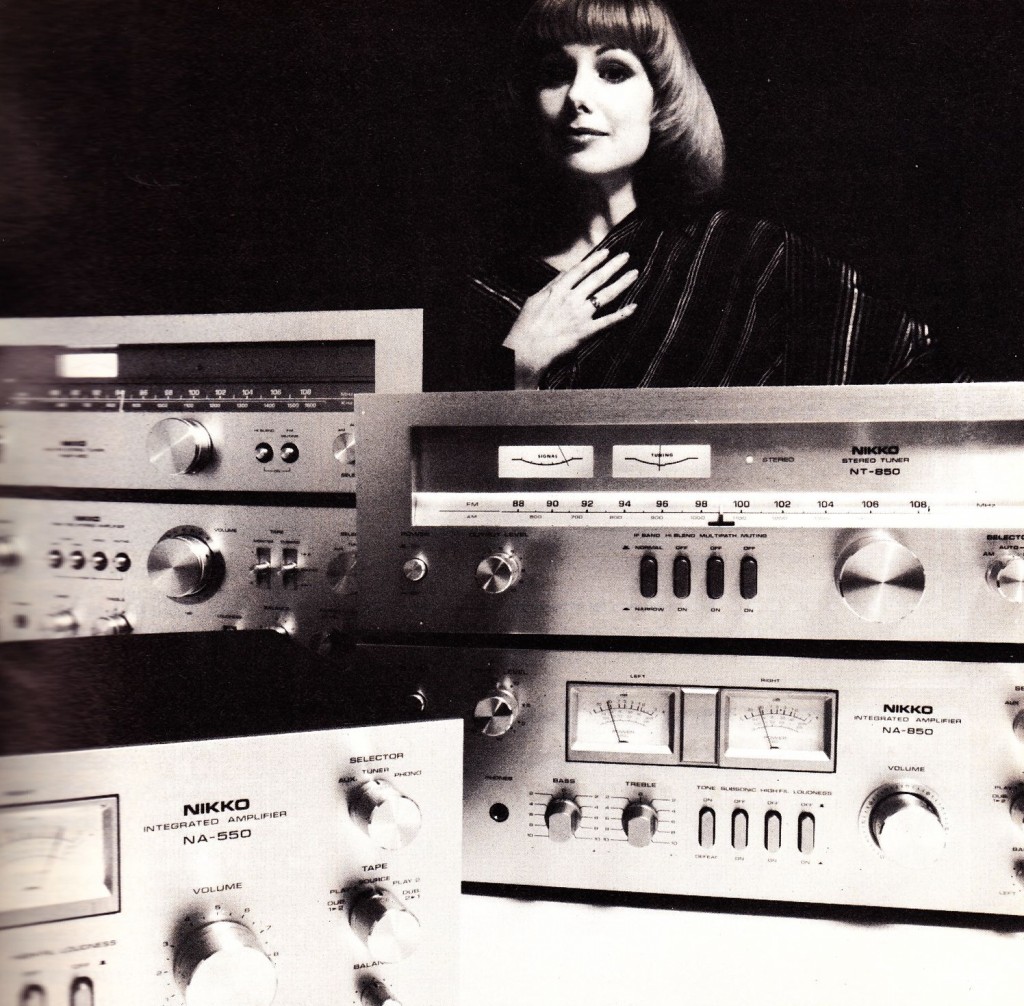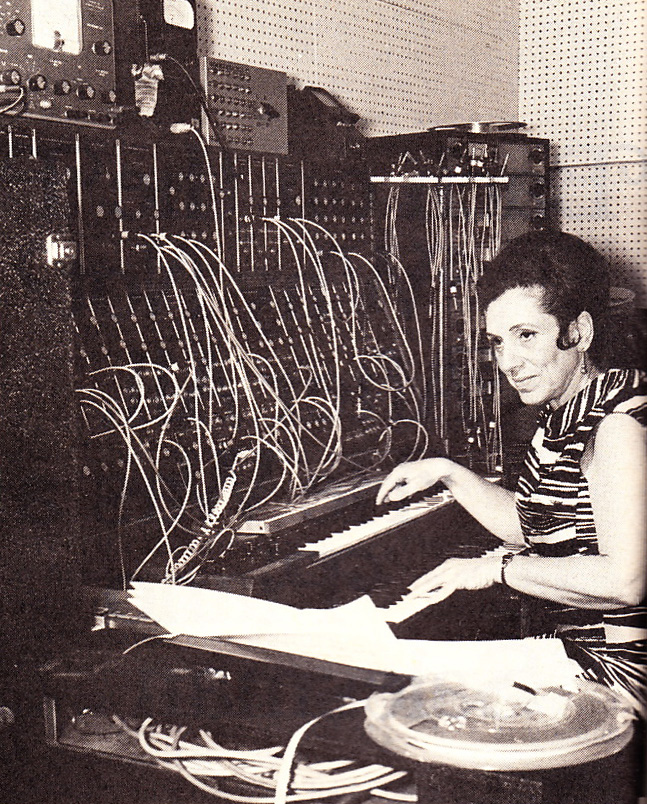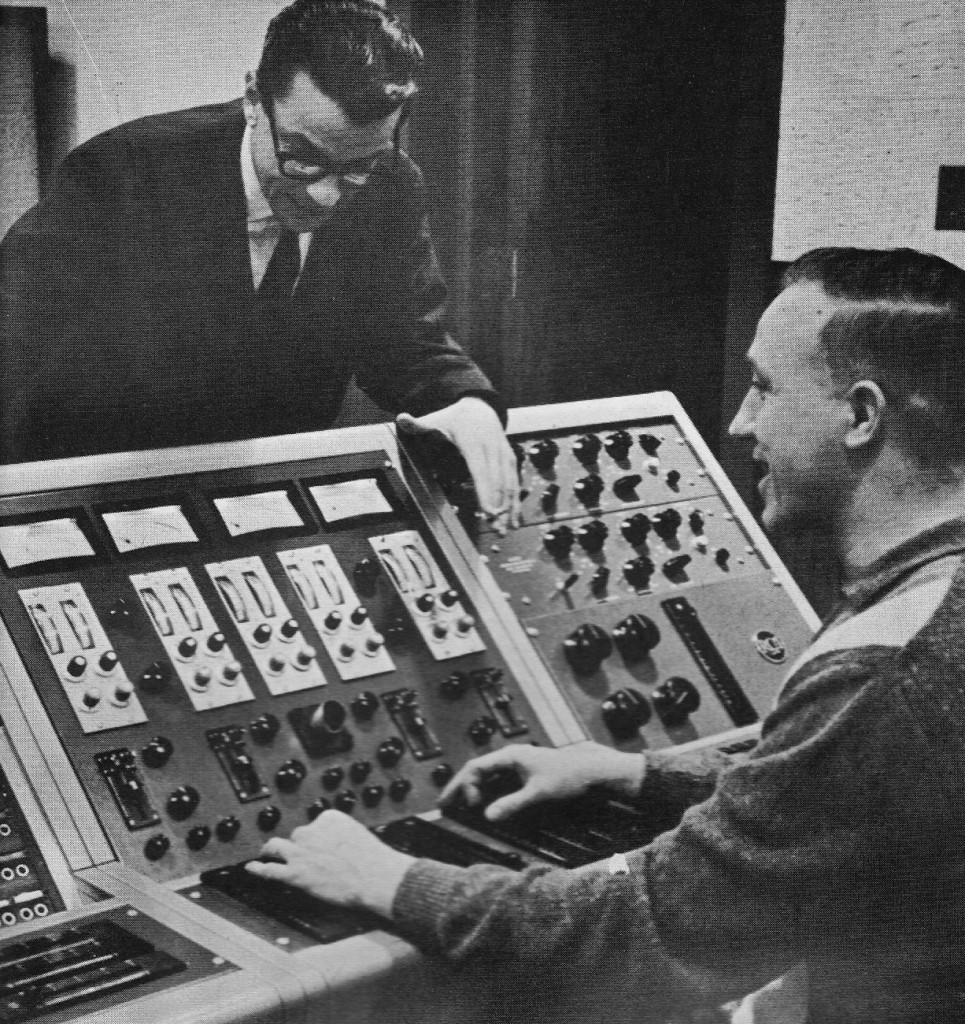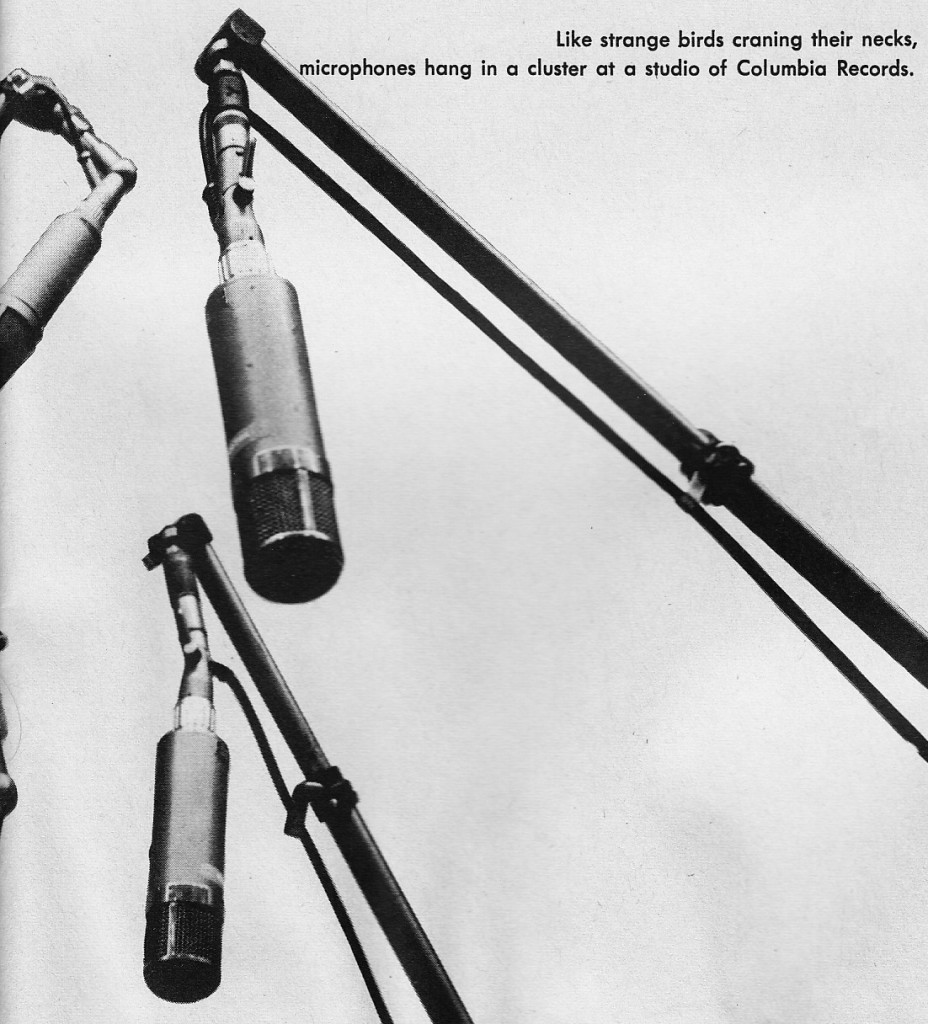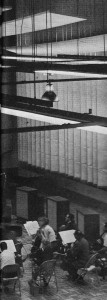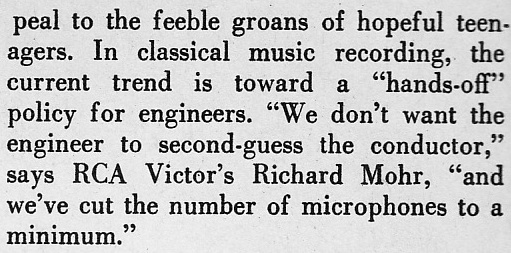

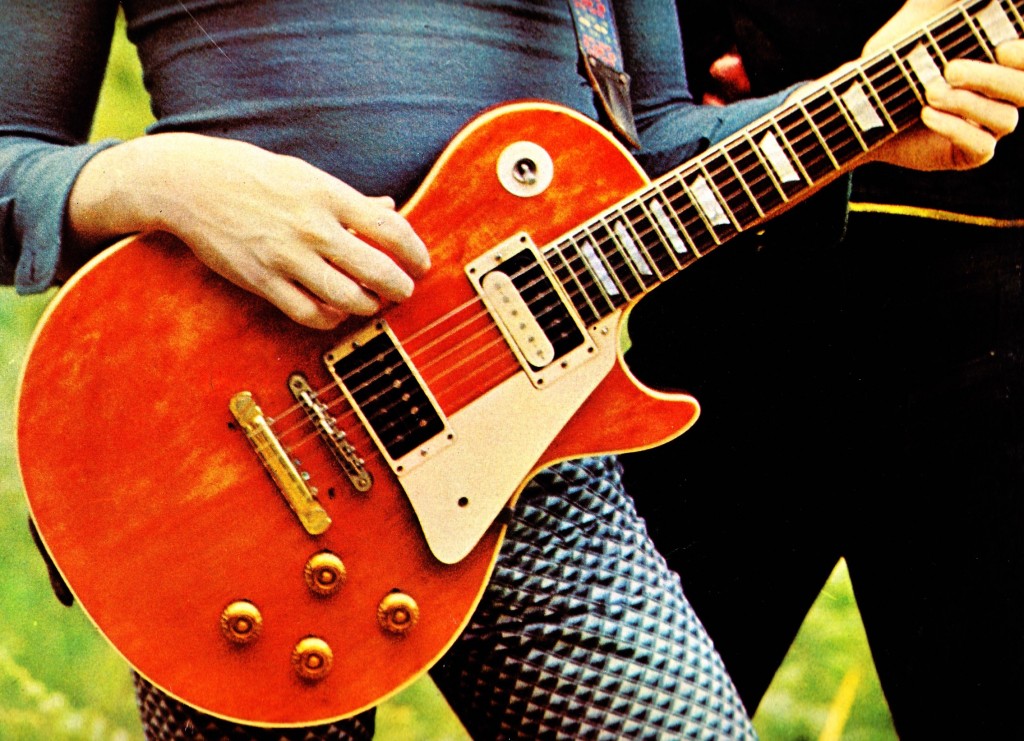 It was a good summer for records. I happened upon a few excellent collections; one of highbrow folk rock circa 68 – 75, another from a fellow who must have emptied out the jukebox of an urban CT bar circa 1975. Nothing but soul and funk 45s, 100s of ’em. Add a few good weeks at the flea market, including one especially notable pile that apparently contained ONLY 70’s-soul-records-that-were-sampled-in-1990s-hiphop-hits and you get FALL 2012. Six years into doing these mixtapes, a heavy emphasis on the period 1970 – 72 remains. If you see me, ask me for a CD copy…
It was a good summer for records. I happened upon a few excellent collections; one of highbrow folk rock circa 68 – 75, another from a fellow who must have emptied out the jukebox of an urban CT bar circa 1975. Nothing but soul and funk 45s, 100s of ’em. Add a few good weeks at the flea market, including one especially notable pile that apparently contained ONLY 70’s-soul-records-that-were-sampled-in-1990s-hiphop-hits and you get FALL 2012. Six years into doing these mixtapes, a heavy emphasis on the period 1970 – 72 remains. If you see me, ask me for a CD copy…
1. ‘Between Today And Yesterday’ Alan Price. From the LP “Between Today And Yesterday,” Warner Brothers 1974.
2. ‘Coming into Los Angeles’ Arlo Guthrie. From the Warner/Reprise compilation LP “The Big Ball” 1970.
3. ‘Let It Rain’ Eric Clapton. From S/T LP, RSO 1970.
4. ‘You’ve Got To Do It All Yourself’ Jackie Lomax. From the LP ‘Three,’ Warner Brothers 1972.
5. ‘Helpless’ Buffy Saint Marie. From “She Used To Want To Be A Ballerina,” Vanguard 1971.
6. ‘I’ll Tell You No Lie’ Nicky James. From the S/T LP, Threshold/London 1972.
7. ‘You Can Close Your Eyes’ Kate Taylor. From “Sister Kate,” Cotillion 1971.
8. ‘One Sure Thing’ Bonnie Koloc. From “After All This Time,” Ovation INC 1971.
9. ‘Take A Look Around’ The Temptations. Gordy/Motown 7″ Single 1971.
10. ‘The Longer We Stay Together’ Al Wilson. From “La La Peace Song,” Rocky Road/BELL 1974.
11. ‘Always Together’ Jackie DeShannon. Imperial 7″ single 1969.
12. ‘Rock Your Baby’ George McCrae. T.K. Records 7″ Single, 1974.
13. ‘I Can’t Get Over You’ The Dramatics. ABC Records 7″ Single 1976.
14. ‘When Something Is Wrong With My Baby’ Sam & Dave. Stax 7″ single 1967.
15. ‘A Raga Called Pat’ John Fahey. From the LP “The Voice Of The Turtle,” Takoma 1968.
16. ‘Elegia De Che Guevera’ Quilapayun. From S/T LP, Monitor Records c. 1970.
17. ‘Darling Be Home Soon’ The Loving Spoonful. Kama Sutra 7″ single. From the Motion Picture “You’re a Big Boy Now” 1967.
18. ‘Diamond Meadows’ T-Rex. From S/T LP, Reprise 1971.
19. ‘Rock And Roll Love Letter’ Tim Moore. From “Behind The Eyes,” Elektra 1975.
20. ‘Another Day Like Heaven’ The Flame. S/T LP, Fallout Re-issue. Originally on Brother Records 1970.
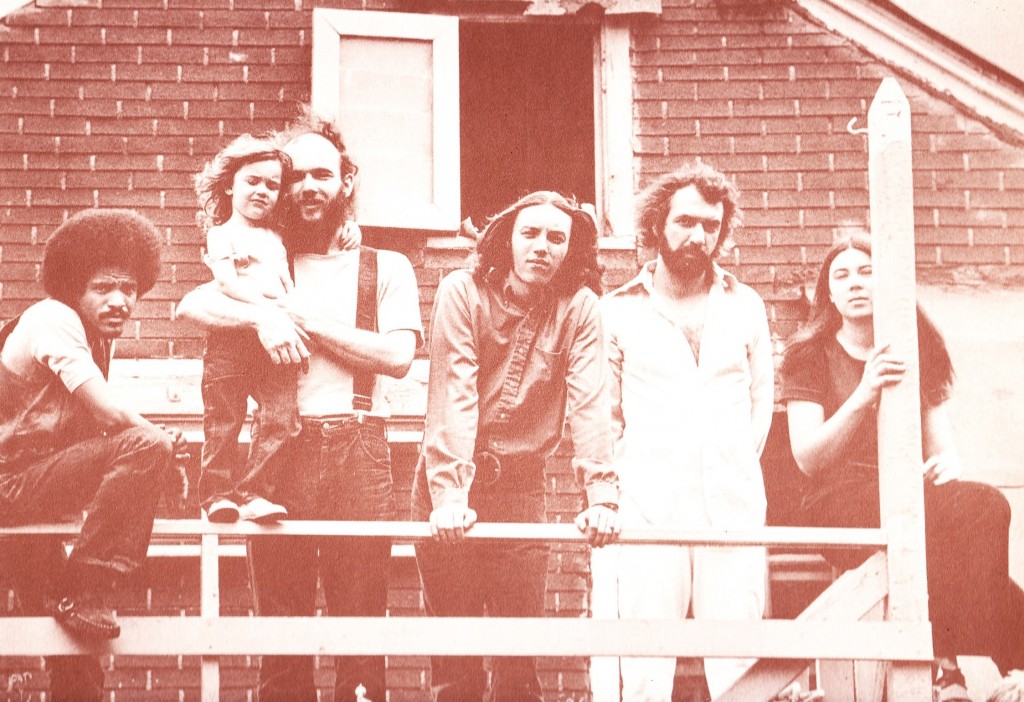

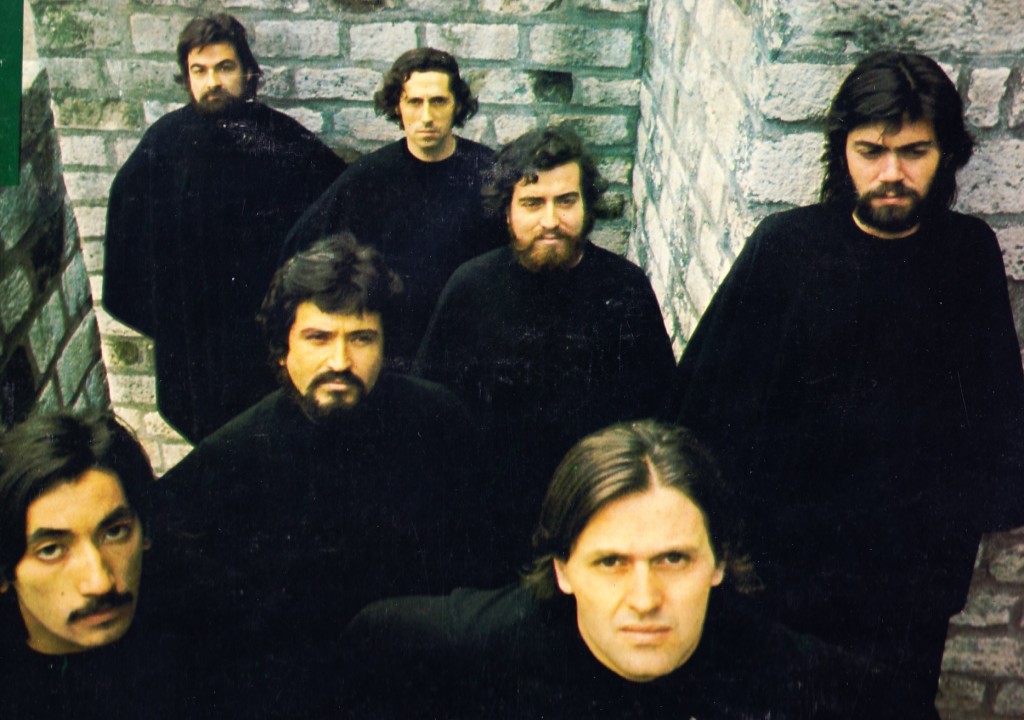 For detailed track notes, links, and more of the best album art of all time, click the link below…
For detailed track notes, links, and more of the best album art of all time, click the link below…
